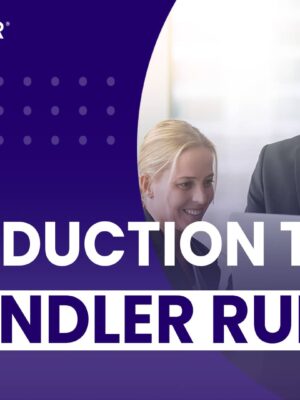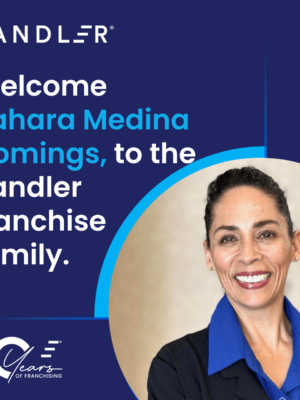Presenting with Impact

Are your sales presentations more like a Gettysburg Address or a Gettysburg Oration? Few people know that President Lincoln was actually the secondary speaker at Gettysburg. The program for the dedication of the Gettysburg Cemetery, four months after the famous 1863 battle, listed Dedicatory Remarks, by the President of the United States after Oration, by Hon. Edward Everett, the main speaker. Everett spoke for two hours, Lincoln…two minutes. In a letter to Lincoln written the following day, Everett praised the President for his eloquent and concise speech, saying, “I should be glad if I could flatter myself that I came as near to the central idea of the occasion, in two hours, as you did in two minutes.”
A sales presentation doesn’t carry the gravity of the Gettysburg Address. But many are all too frequently akin to Everett’s painfully long oration in that they bore and confuse the prospect, lack a compelling argument, and provide too much unsolicited information more than they excite or arouse curiosity. Worst of all is that most lead to a “THINK-IT-OVER” and not a decision. The impact of presentation skills training on an individual’s confidence, delivery, and ability to convey information with clarity and conviction cannot be overstated.
Don’t believe it? Just ask yourself when the last time was that you got excited about a proposal or presentation for which you were on the receiving end. Are yours that much better than everybody else’s?
If you want to present with impact, and create a curious, stimulated audience, here are some tips; a few are taken, with respect, from our sixteenth president:
- Open unexpectedly. The human brain is normally on autopilot and not fully engaged in what others are saying. If you start with, “Folks, I’m so excited to share our proposal with you today, I know you’ll love it,” the audience is probably heading out the door, at least mentally. When Lincoln opened with a biblical allusion, “Four score and seven years ago….” the audience had to engage their brains to figure out just what that meant.
- Use imagery and metaphors. Lincoln’s usage of the imagery of birth, life, and death in reference to a nation “brought forth,” “conceived,” and that shall not “perish” no doubt stimulated the imagination of his listeners. Instead of promising reliability, you might say, “George, neither rain, nor sleet, nor snow will keep us from delivering on time,” thus conjuring up the ever present mail man who George sees visiting his office daily. Now George has a picture to which he can relate.
- TALK LESS! Silence CAN be Golden, especially when it’s yours! Two minutes may not be enough time for you to deliver your message, but it was long enough to create the most memorable speech in American history. Most people like to hear themselves talk more than they like to hear you or me talk. People generally need fewer words to absorb and more time to PROCESS what they are hearing. Break up your presentation with questions, probes, and pauses. Get your audience engaged and talking.
- Don’t RESCUE. Let your listeners work out their own questions and answers as much as possible. Too often salespeople want to jump in and solve every minor objection. The conclusions your prospects reach will have more potency than the ones you make for them.
President Lincoln made one small mistake in his address. He said, “The world will little note, nor long remember what we say here.” I guess he was right about Edward Everett’s oration. If you want your sales presentations to be memorable and lead to action and not boredom then try something different. Take some tips from Abe Lincoln; he might just have been the best salesman ever!








